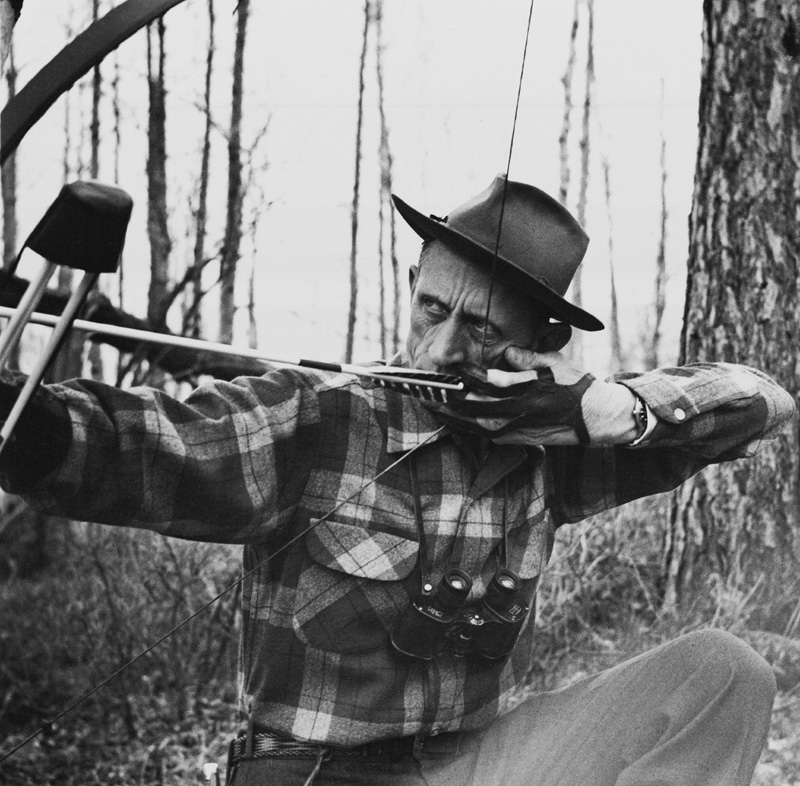One of the most confusing concepts for bowhunters today is the application of kinetic energy to their hunting rig.
For example, a reader writes: “I have read that kinetic energy of 50 ft./lbs. or more is good for big game such as whitetail deer. Does the kinetic energy change at different yardages? If so, what yardage is the standard they are using for the 50 ft./lbs. number?”
A Primer
The term kinetic energy is derived from the Greek word for motion, kinesis, and the Greek word for active work, energeia. Therefore, the term kinetic energy means “through motion, do active work.”

Energy can exist in many forms, and each form of energy can often be converted to other forms. When it comes to bows, energy is stored in the limbs and cams when the bow is drawn, then transferred to the arrow shaft at the shot in the form of kinetic energy, or K.E.
Because the speed of the shaft is reduced due to both gravity and air resistance, the K.E. also changes along the flight path. Thus, the K.E. you measure a few feet in front of the bow as the arrow is released is nowhere near the K.E. delivered downrange on the target.
That’s why when hunting large animals, such as elk and bears, experienced bowhunters try to “juice up” their bows to deliver more initial K.E., and thus deliver more K.E. on the target. For example, many bowhunters believe that for elk- sized game the minimum should be about 60 foot-pounds of initial K.E.
It’s Not All K.E.
The goal of K.E. is, of course, to achieve maximum arrow penetration — which is also greatly influenced by factors such as whether you are using broadheads with razor-sharp blades or whether the shot strikes a thick rib or leg bone. Fortunately for whitetail hunters, even the largest northern bucks are not all that big, and a bow-and- arrow combination that generates 50 ft./lbs. of K.E. at the shot produces more than enough energy to cleanly kill (assuming you are hunting with a setup that has been properly tuned and shooting broadheads with blades so sharp they scare you).
By the way, the formula for kinetic energy as measured in ft./ lbs. is: Mass x Velocity-squared divided by 450,240. Mass is the total weight of the arrow and velocity is the arrow speed.
With an example setup — a Hoyt Carbon Element set at 72 pounds, shooting a 28-1⁄2-inch 340 Beman ICS Hunter Pro carbon shaft with 100-grain broadheads — the projectile weighs a total of 390 grains at an initial velocity of 282 fps. The K.E. is 69.15 ft./lbs. — plenty for any big-game animal in North America, including the largest whitetail.


